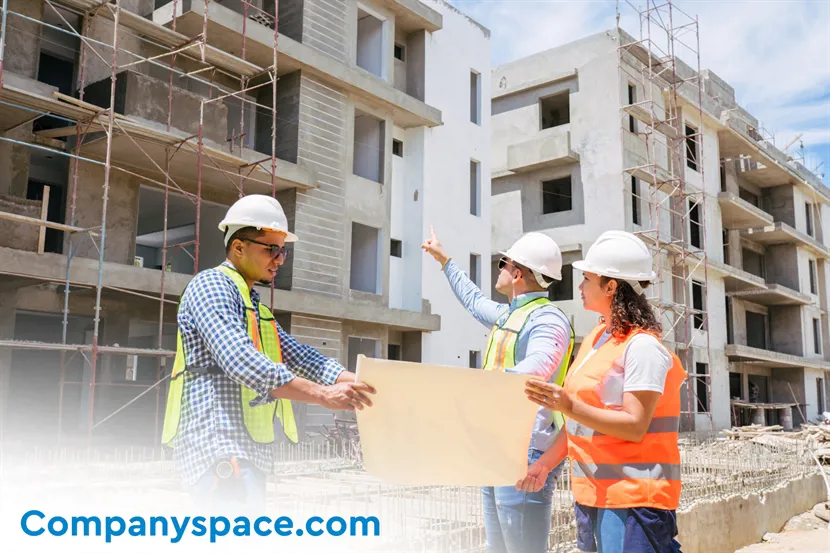What to look out for in an industrial renovation?

What to Look Out for in an Industrial Renovation
Industrial renovations present unique challenges distinct from residential or commercial refits. To achieve success in these projects, one must navigate intricate logistics, adhere to rigorous safety standards, and often work around operational machinery or processes. Drawing from real estate expertise and industry-specific knowledge, this article delineates critical factors to consider when diving into an industrial renovation.
What to Consider Before Renovating?
1. Purpose and Objectives: Begin by defining the renovation's purpose. Are you looking to increase operational efficiency, accommodate new machinery, or modernize outdated facilities? For instance, a textile company I consulted with had a primary objective of streamlining their production lines, which required a substantial spatial reconfiguration.
2. Budgetary Constraints: Establish a clear budget, factoring in both foreseeable expenses and potential contingencies. Historically, unexpected costs arise during industrial renovations, so a cushion of 10-20% above the projected expenses is recommended.
3. Stakeholder Involvement: Engage key stakeholders early. This includes not just senior management but also floor supervisors, equipment operators, and maintenance staff. Their hands-on experience can offer invaluable insights.
Factors Involved in Industrial Renovation
1. Infrastructure and Systems Assessment: This involves evaluating the existing electrical, plumbing, and HVAC systems. Aging infrastructure might need upgrades to handle new machinery or to comply with contemporary standards.
2. Floor Load Capacities: Industrial settings often involve heavy machinery. An assessment of the floor's ability to handle these weights without causing structural damage is crucial.
3. Workflow Considerations: Efficient workflow can boost productivity. Analyze the current flow of materials and workers to ensure the renovated space optimizes operations.
4. Compliance with Industry Standards: Industrial renovations often have to meet specific industry regulations. For example, a food processing plant's renovation would need to adhere to stringent hygiene standards.
5. Flexibility for Future Needs: Industries evolve, and so do their requirements. Designing a space with flexibility in mind ensures it remains adaptable to future changes.
Safety Protocols During Construction
Safety is paramount in any construction project, more so in industrial settings where potential hazards abound.
1. Site Isolation: Ensure that the renovation site is adequately cordoned off, especially if the facility remains partially operational during the renovation. This minimizes the risk of accidents between workers and machinery.
2. Protective Gear: All personnel, including visiting supervisors or stakeholders, should wear appropriate protective gear, such as helmets, safety shoes, and high-visibility vests, when on-site.
3. Machinery Shutdown: If renovations occur near operational machinery, ensure protocols are in place for safe shutdowns when needed. A case study from an auto assembly plant renovation highlighted a scenario where machinery had to be temporarily halted to safely install overhead utilities.
4. Regular Safety Briefings: Conduct frequent safety briefings, updating teams about potential hazards, ongoing work areas, and emergency protocols.
5. Compliance with Building and Safety Codes: Always ensure that the renovation adheres to local building codes and occupational safety standards. Authorities often require periodic inspections to verify compliance.
6. Emergency Protocols: Establish clear emergency response protocols. This includes accessible emergency exits, fire safety measures, and readily available first aid resources.
Conclusion
Embarking on an industrial renovation is a complex endeavor, interweaving logistical, operational, and safety concerns. By approaching the task with a well-defined purpose, a clear understanding of the intricacies involved, and an unwavering commitment to safety, businesses can effectively transform their industrial spaces to meet current needs and future challenges. As with all significant projects, partnering with experienced professionals, from architects to safety consultants, can greatly enhance the outcome, ensuring both operational efficacy and steadfast safety.






